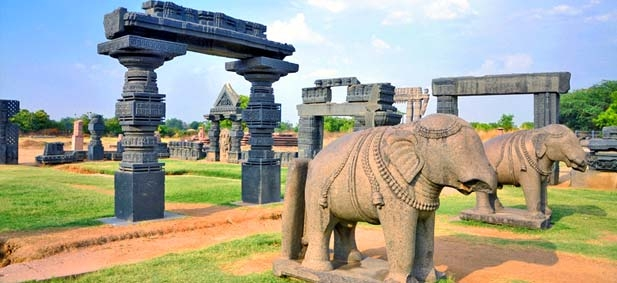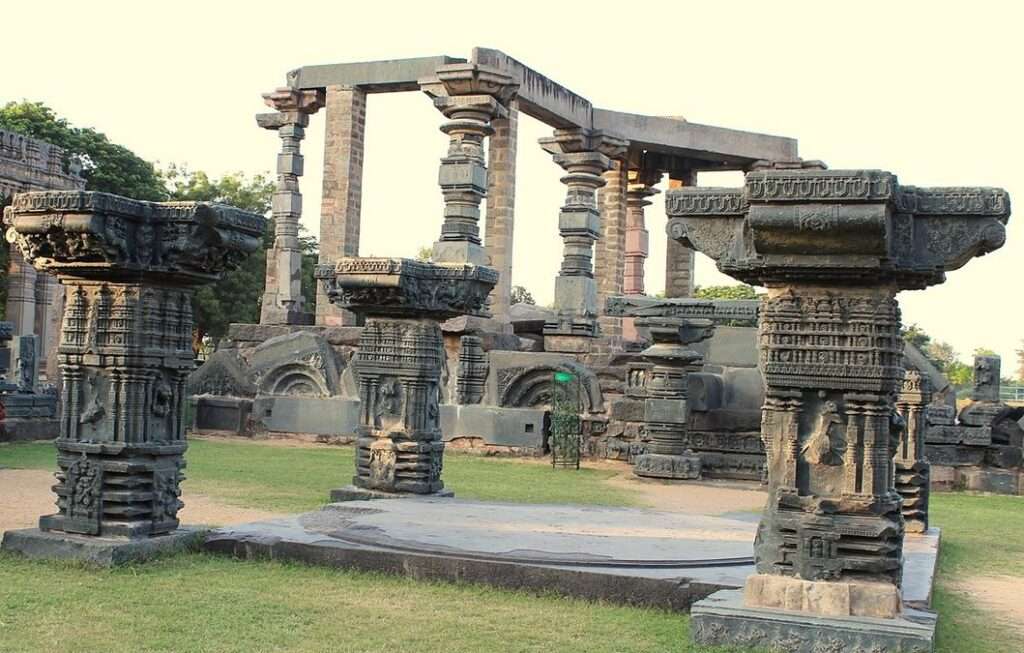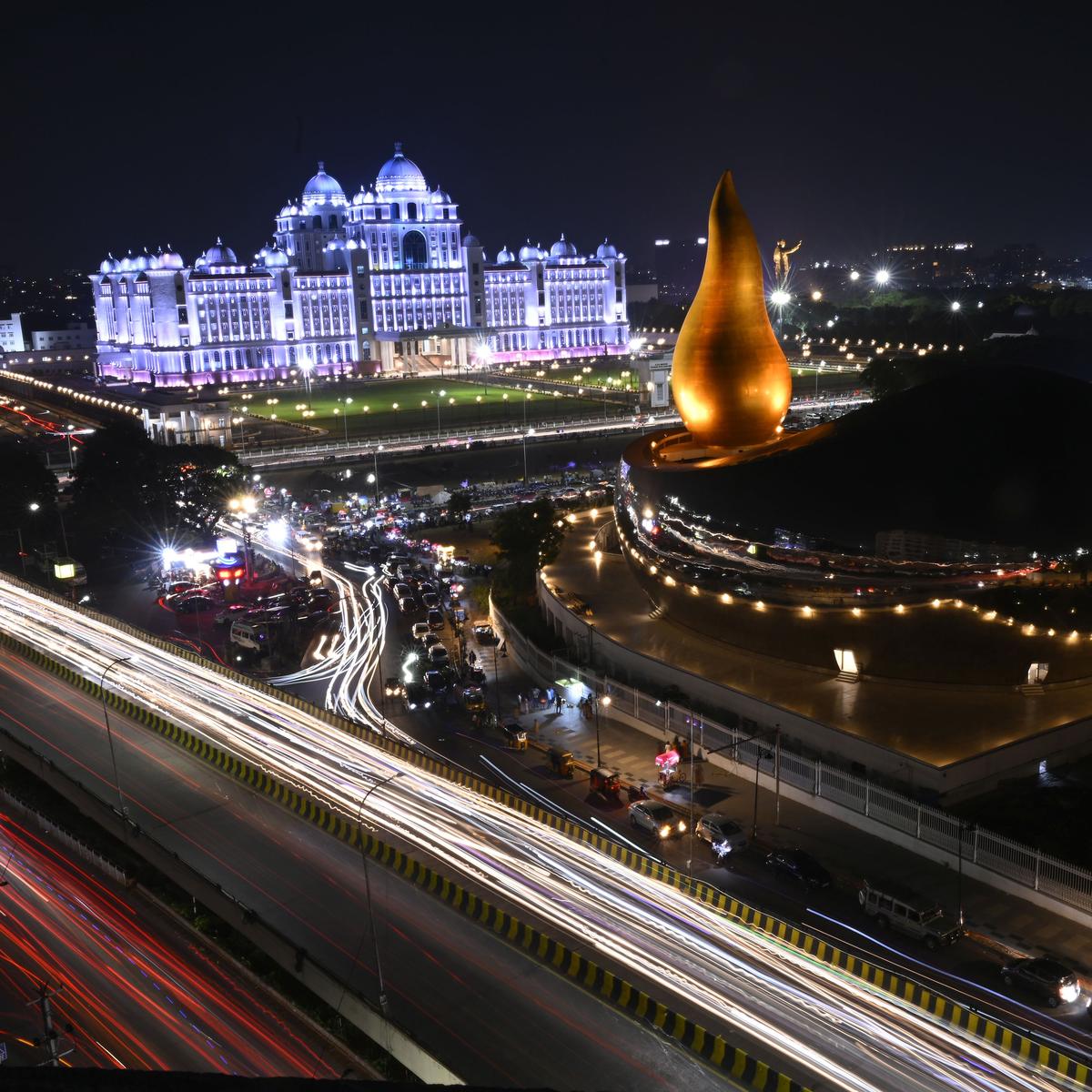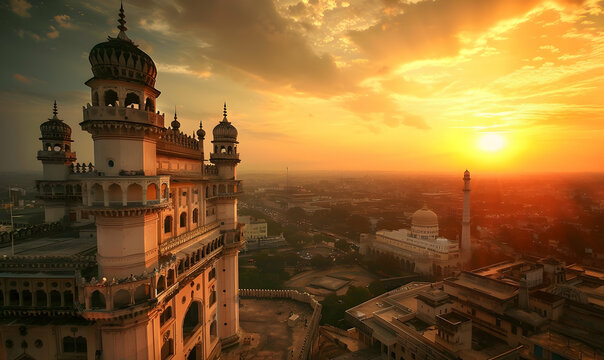The Kakatiya dynasty represents one of the most celebrated eras in the history of Telangana. Ruling between the 12th and 14th centuries CE, the Kakatiyas left an indelible mark on the region through their visionary administration, architectural brilliance, and promotion of Telugu culture. Centered in Warangal, the Kakatiya dynasty marked a golden age of prosperity, cultural growth, and resilience, laying the foundation for Telangana’s rich heritage.
The Rise of the Kakatiyas
The origins of the Kakatiyas are traced to the early medieval period. They began as feudatories of the Chalukyas of Kalyani before rising to prominence as independent rulers under Prola II. However, it was Rudradeva, the first significant ruler of the dynasty, who established Warangal as their capital and laid the groundwork for their rule.
The Kakatiyas expanded their kingdom to encompass much of present-day Telangana and parts of Andhra Pradesh, Odisha, and Karnataka. Their strategic military prowess and efficient administration helped them maintain stability and prosperity across their territory.
Administrative Brilliance
The Kakatiyas introduced innovative and inclusive administrative systems. They were pioneers in promoting decentralization, granting autonomy to village assemblies while ensuring overall governance. This allowed local leaders to effectively manage resources and address the needs of their communities.
The dynasty emphasized irrigation and agricultural development, constructing reservoirs and tanks, many of which are still functional today. This focus on water conservation ensured sustained prosperity, even in the semi-arid Deccan region.
Rudrama Devi: A Trailblazing Monarch
One of the most remarkable figures of the Kakatiya dynasty was Rani Rudrama Devi, one of the few women rulers in Indian history. She ascended the throne in the 13th century, demonstrating exceptional leadership, military acumen, and administrative capabilities.


Rudrama Devi broke societal norms by assuming the title of a male ruler and defending her kingdom against invasions. She fortified Warangal and strengthened the army, ensuring the stability of the empire. Her reign is remembered as a beacon of empowerment and resilience.
Prataparudra and the Decline of the Dynasty
The last prominent ruler of the Kakatiya dynasty was Prataparudra II, whose reign witnessed both the peak of Kakatiya glory and its eventual decline. Under his rule, the Kakatiyas faced repeated invasions from the Delhi Sultanate.
Despite fierce resistance, the Kakatiyas succumbed to the forces of Muhammad bin Tughlaq in 1323 CE, leading to the dynasty’s downfall. The capture of Warangal marked the end of their rule, but their legacy lived on through their contributions to culture and infrastructure.
Architectural Marvels of the Kakatiyas
The Kakatiya dynasty is renowned for its architectural brilliance, which reflects a unique blend of engineering ingenuity and artistic finesse. They constructed numerous temples, forts, and tanks, many of which are still admired for their grandeur.
- Warangal Fort: The centerpiece of the Kakatiya capital, Warangal Fort is known for its impressive gates (Kirti Toranas) and intricate carvings. It stands as a testament to the dynasty’s military and architectural expertise.
- Ramappa Temple: Also known as the Rudreshwara Temple, this UNESCO World Heritage Site is an exquisite example of Kakatiya craftsmanship. Built in 1213 CE, the temple is famous for its detailed sculptures, floating bricks, and elegant design.
- Thousand Pillar Temple: Located in Hanamkonda, this temple dedicated to Shiva, Vishnu, and Surya showcases the Kakatiyas’ devotion and mastery of temple architecture.
The Kakatiyas also excelled in building tanks and reservoirs, including the Pakhal Lake and Ramappa Lake, which provided irrigation and supported agricultural activities.
Cultural Flourishing and Telugu Identity
The Kakatiya period was instrumental in the growth of Telugu culture and literature. Telugu emerged as the court language, and the rulers patronized poets and scholars who composed literary works in the language.


Their reign also saw the promotion of local art forms, dance, and music, fostering a vibrant cultural identity that continues to influence Telangana today. The Kakatiyas’ emphasis on preserving and celebrating Telugu culture laid the foundation for the region’s distinct linguistic and cultural identity.
Legacy of the Kakatiyas
The Kakatiyas left an enduring legacy that continues to inspire pride among the people of Telangana. Their contributions to architecture, irrigation, and cultural preservation are celebrated as hallmarks of Telangana’s history. The resilience and vision of leaders like Rudrama Devi and the monumental structures they left behind remain symbols of a glorious past.
Conclusion
The golden age of the Kakatiyas is a defining chapter in Telangana’s history. Their rule not only brought prosperity and stability but also enriched the cultural and architectural heritage of the region. The legacy of the Kakatiyas is a source of pride and inspiration, reminding us of a time when Telangana thrived as a beacon of innovation, artistry, and resilience.



